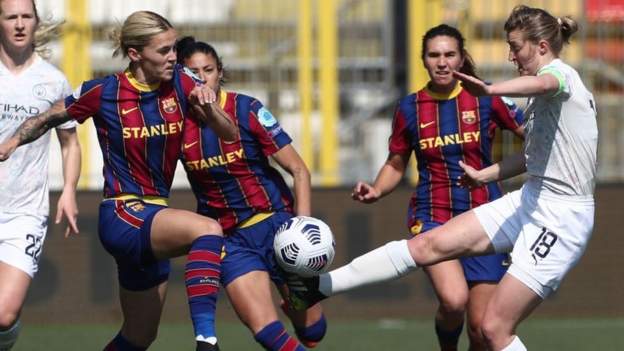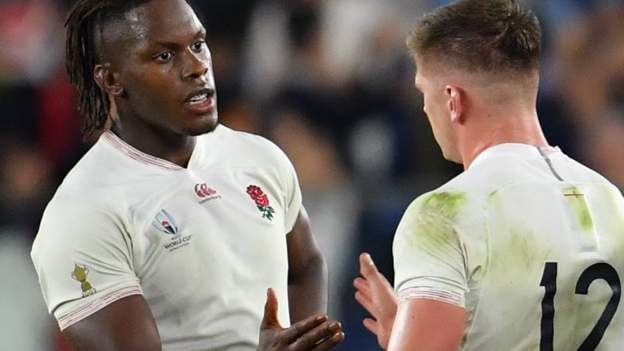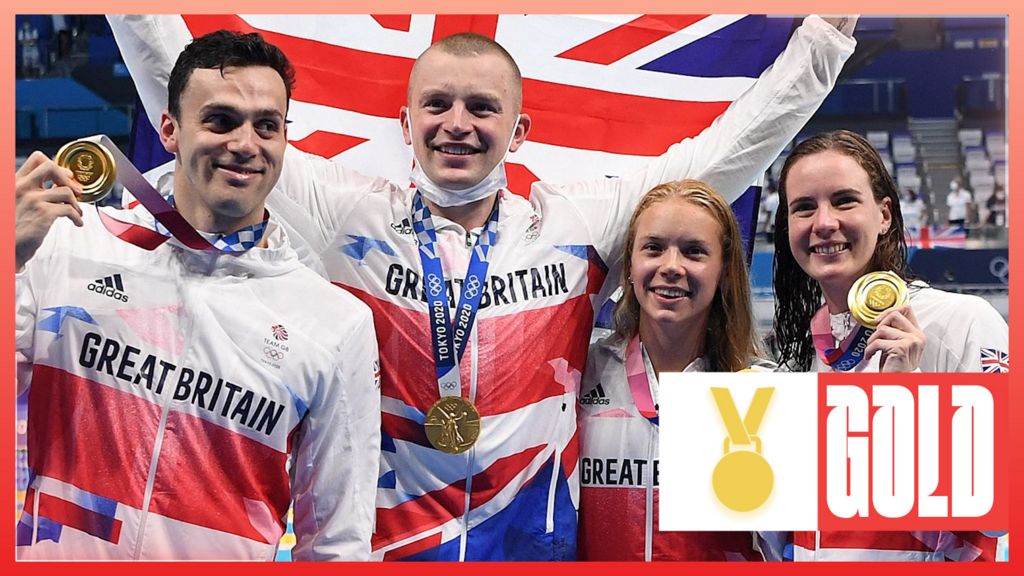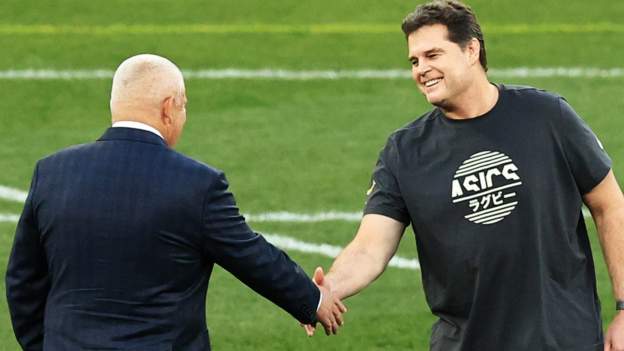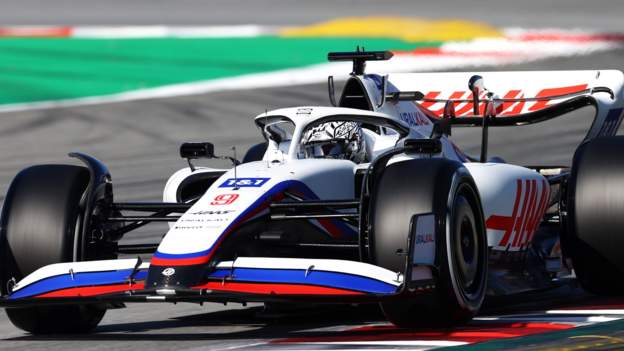Plans to introduce a second-tier European club competition are among the proposals in the European Club Association’s first women’s football strategy, released this week.
The Women’s Champions League is currently the only European club competition in women’s football.
The men also contest the Europa League and, from next season, the Europa Conference League.
The ECA says the plans explore “playing more relevant games in Europe”.
Claire Bloomfield, ECA head of women’s football, added: “We want the clubs to realise these ambitions [of growing women’s football] in Europe and part of that is tabling very detailed proposals for a possible second-tier competition in Europe..”
A new Women’s Champions League format will be introduced in 2021-22 and will feature a group stage in the last 16 for the first time.
The format change means three English teams will take part rather than two, as will all the top six countries by ranking.
Chief executive Charlie Marshall said the ECA, which represents clubs in the decision-making process at European governing body Uefa, was keen to make any further changes to European competition in a “sustainable and stabilised way”.
“We will try to achieve a lot in a very short space of time,” he added.
“We want to achieve in a decade what they have achieved in 50 years in the historic men’s game.”
Marshall said Fifa plans to introduce a women’s Club World Cup were also under discussion.
What else is in the strategy?

The ECA’s plans are broken down into six strategic goals with the ambition to drive “full-scale gender equality in football”.
- Enhance club player pathways
- Accelerate professionalisation
- Advance the economic development of women’s football and identify new commercial opportunities
- Boost European ambitions through the development of the competition landscape
- Facilitate the successful creation of new women’s clubs across Europe
- Produce research studies for the women’s game
Bloomfield said among ECA discussions with clubs was how the women’s game can attract investment in the wake of the coronavirus pandemic.
“Can we find sensible opportunities for investment to be made in the women’s game, which will enable it to just develop a little bit ahead of the curve?” added Marshall.
“I think the women’s game does have the potential, probably more than the men’s game, to look more creatively at external sources of financing as well.”












